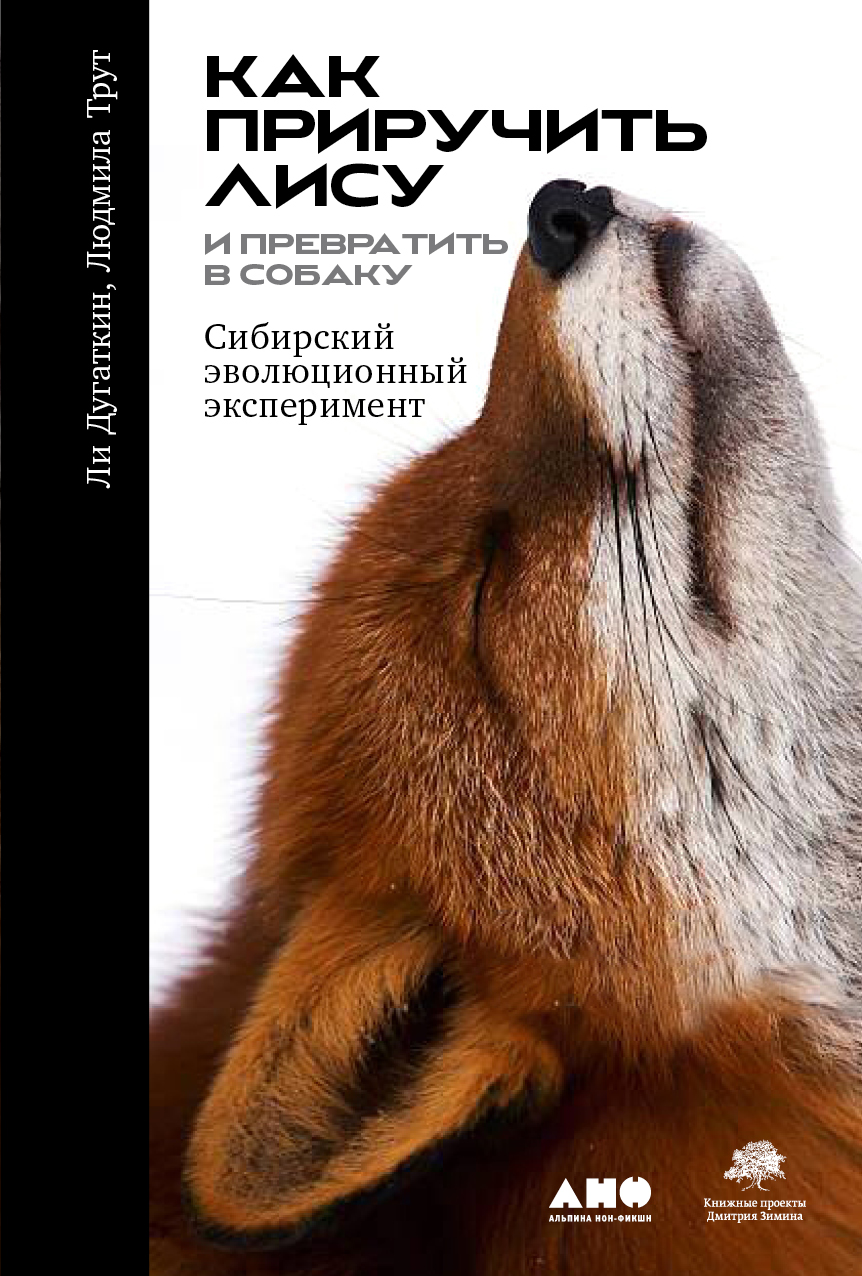
Not so long ago, my baby son asked me - what experiment do I consider the most important one conducted in the 20th century? He needed it for a school essay.
This simple question put me into a stupor for several hours. Because the choice was really difficult. With the nineteenth century it is easier - there it is immediately clear that the double-slit experiment *.
And with the twentieth?
Of course, if you choose by significance, then everything is simple. This "Trinity" - the world's first nuclear test, which took place on July 16, 1945. Without exaggerating at all, we can say that after this test the world woke up different.
But, for all the significance of this experiment, it did not bring new knowledge. Everyone knew before that the bomb would explode. The experiment did not add new knowledge.
On reflection, I decided that I should choose one of the social experiments - in the twentieth century, scientists first turned their eyes to themselves - starting to study human behavior. For a person, understanding his nature is much more significant than understanding the structure of the atom.
Having considered the Stanford Prison Experiment, Milgram's experiment and Universe-25, aka Rat Paradise, I chose an experiment to breed the friendly fox of a Soviet scientist, Academician Dmitry Belyaev.
The experiment is extremely simple - taking several foxes, the scientist began to select for the signs of friendly behavior. He crossed foxes among themselves that were not afraid of people, selected even more friendly foxes among their offspring, crossed them among themselves.
And in a short period of time he brought out a breed of foxes with altered behavior. They were not at all afraid of a person, they played and fawned upon him. And this was not the result of raising fox cubs:
— , , , — , — , - . , . . . , , , , . , . . — .
() Magazine "Kommersant Nauka" No. 6 dated 09/05/2017, p. 26
Like any significant experiment, Belyaev's experiment showed unexpected results: for example, despite the fact that the selection was carried out only for one trait (calm reaction to a person), it entailed a whole range of side effects - partly unexpected, partly natural.
As a result, domesticated foxes began to resemble dogs not only in character, but also in appearance. In adult foxes, "puppy" features began to persist, such as a shortened muzzle and drooping ears. In hindsight, this can be called logical, because the reduced aggressiveness in predatory animals is characteristic of the young, and the processes of development of various signs of the body are interconnected (for example, through hormonal regulation). Therefore, selection for the preservation of one childish trait could well lead to a delay in the development of some other traits.
One of the most striking “side effects” of selection was the increase in the variability of many traits, including color. This allowed Belyaev to call his selection for low aggressiveness “destabilizing selection”. The same destabilization and an increase in the variability of many traits took place during the domestication of wolves.
The last three paragraphs I borrowed from the books How to Tame a Fox and Turn It into a Dog. Siberian Evolutionary Experiment "by Alan Lee Dugatkin and Lyudmila Nikolaevna Trut, which is in the network:

(translation: Maxim Viktorovich Vinarsky)
Summarizing what has been said, I can only add that by this experiment the scientist clearly and unequivocally proved that the behavior of a living creature - a fox - is genetically determined. And it can be changed by simple selection according to one or another characteristic. And that such changes in behavior are very fast - literally several generations were enough for foxes to begin to love people more freedom.
Therefore, I consider this experiment the most important in the 20th century - it showed us that behavior is influenced not only by upbringing, but also by hereditary factors arising from selection and are different in different populations.
Quite an unusual and bold conclusion for modern science, isn't it?
*** That is, of course, we can recall the Michelson-Morley experiment, which confirmed the invariance of the speed of light. Well, how did you confirm? The experience itself passed, for the most part, unnoticed. Even Einstein did not rely on him when developing the theory of relativity.
Whereas Jung's double-slit experience, de facto, changed our views on reality, giving rise to a lot of interpretations. Including Copenhagen. And I am not alone in this opinion - while preparing the article for publication, I learned that the one-electron version of the experiment was recognized by the readers of Physics World magazine as "the most beautiful experiment."
Post-credits scene:
— , — , , — , . .
— , , — , — . . , ?
— , , ,— , , , .
— ? , 1802 , . , .
— , ! — , — , ?
— , ! — , — , , , , « 25» — .
— ! .
— - , . « », , .

(, — . )
— , , - , — , — . — , , ! .
— , , — , — - , - . - .
— -?
— . .
— , , , , ?
— ! — , — , - . , -, .
—
— , , — , — , - . , .
— , , — , — , .
— , — .
— , , — , — . . , ?
— , , ,— , , , .
— ? , 1802 , . , .
— , ! — , — , ?
— , ! — , — , , , , « 25» — .
— ! .
— - , . « », , .

(, — . )
— , , - , — , — . — , , ! .
— , , — , — - , - . - .
— -?
— . .
— , , , , ?
— ! — , — , - . , -, .
—
— , , — , — , - . , .
— , , — , — , .
— , — .